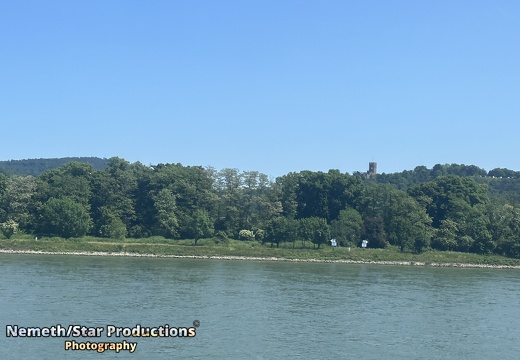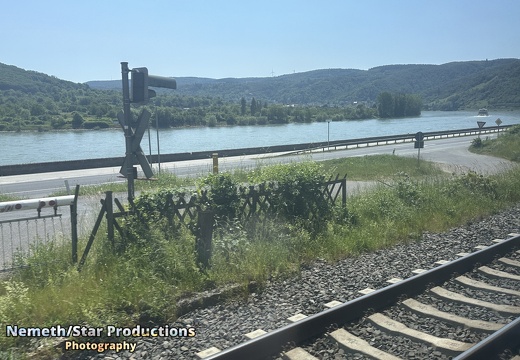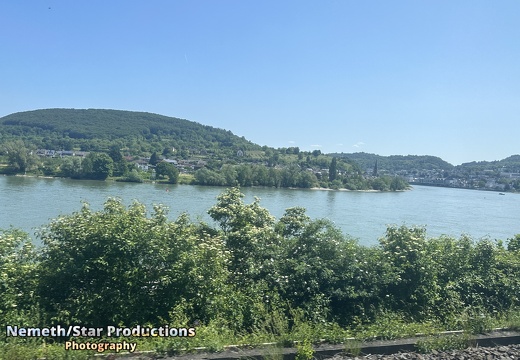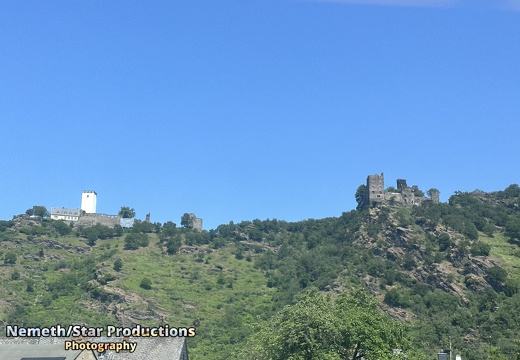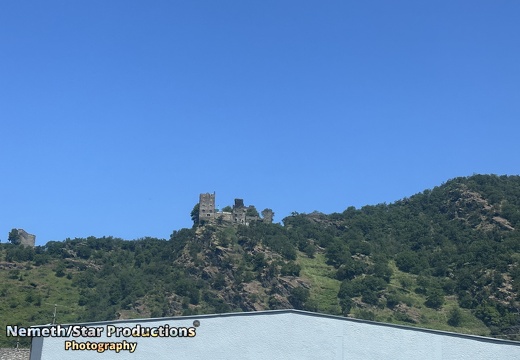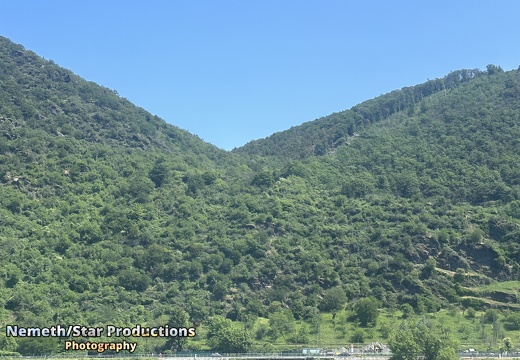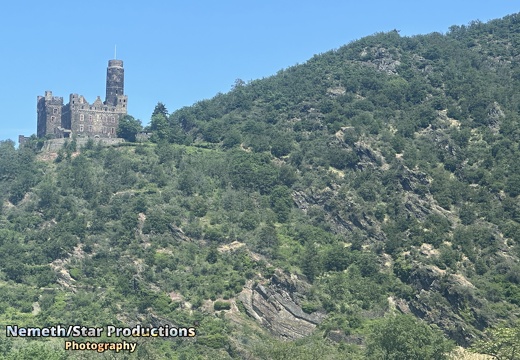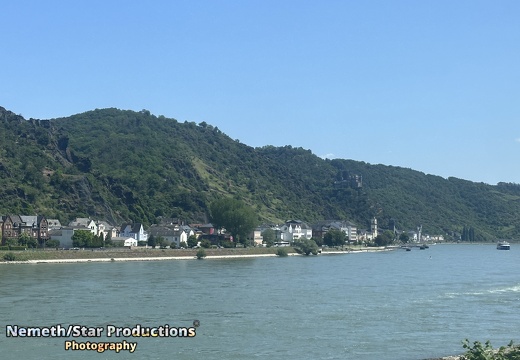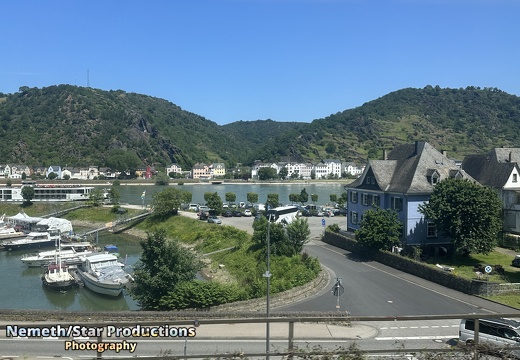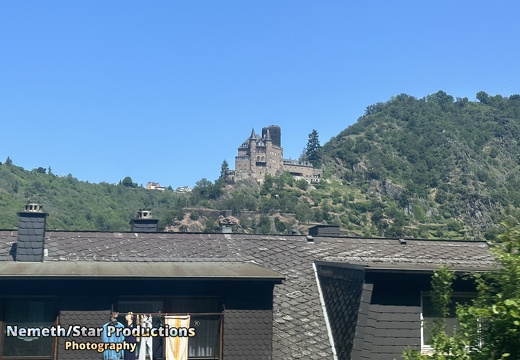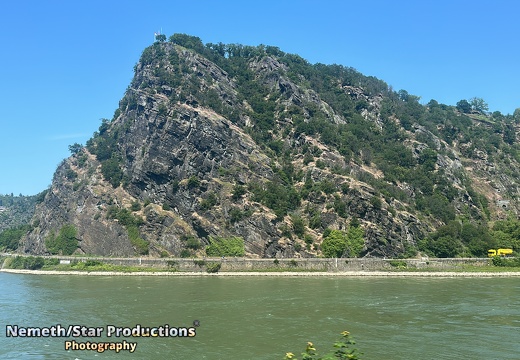Nemeth/Star Productions - Picture Gallery









Legal Notice
Privacy
© Nemeth/Star Productions 2025
Between Bingen and Bonn, Germany, the river Rhine flows as the Middle Rhine through the Rhine Gorge, a formation created by erosion, which happened at about the same rate as an uplift in the region, leaving the river at about its original level, and the surrounding lands raised. This gorge is quite deep, about 130 metres from the top of the rocks down to the average water-line. The “cultural landscape of the Upper Middle Rhine Valley” is the narrow Rhine Valley from Bingen and Rüdesheim to Koblenz. On 27 June 2002, the UNESCO included this unique landscape in the list of the World Heritage sites. Lahneck Castle is a medieval fortress located in the city of Lahnstein in Rhineland-Palatinate, Germany, south of Koblenz. The 13th-century castle stands on a steep rock salient above the confluence of the Lahn River with the Rhine, opposite Stolzenfels Castle, in the district of Oberlahnstein. The most outstanding castles in the Middle Rhine Valley are the Marksburg, the only undamaged hilltop castle in the Middle Rhine Valley, the Burg Pfalzgrafenstein, on a rocky island in the middle of the Rhine, and Rheinfels Castle, which was developed into a fortress over time. Stolzenfels Castle is a synonym for Rhine romanticism like no other. It did not just encourage the acceptance of the existing castles, it also encouraged their restoration and the building of even more castles. Other castles in the Middle Rhine are: Katz Castle, Stahleck Castle and Rheinfels Castle. There are major railway lines on both sides of the river: the West Rhine Railway on the left and the East Rhine Railway on the right. The Middle Rhine Valley has been a major tourist attraction since the 19th century. It is also home to some 450,000 people. The valley owes its special appearance to both its natural shape and human alterations. For two millennia, it has been one of the most important routes for cultural exchange between the Mediterranean region and northern Europe. The terraces of the Middle Rhine Valley have been inhabited since the early Iron Age. Evidence of this are the barrow fields around the city forest of Boppard and in the forest of Brey and the ring walls on the Dommelberg in Koblenz and on the giant hill at St. Goarshausen. On the western border of the Middle Rhine region, there are also traces of a Celtic settlement, with the grave pillars of Pfalzfeld and the Waldalgesheim chariot burial. In the 4th century BCE, the area had come under the influence of Mediterranean civilizations. The Lorelei is a 132-metre-high, steep slate rock on the right bank of the River Rhine in the Middle Rhine. Text Source: Wikipedia
Powered by Piwigo
